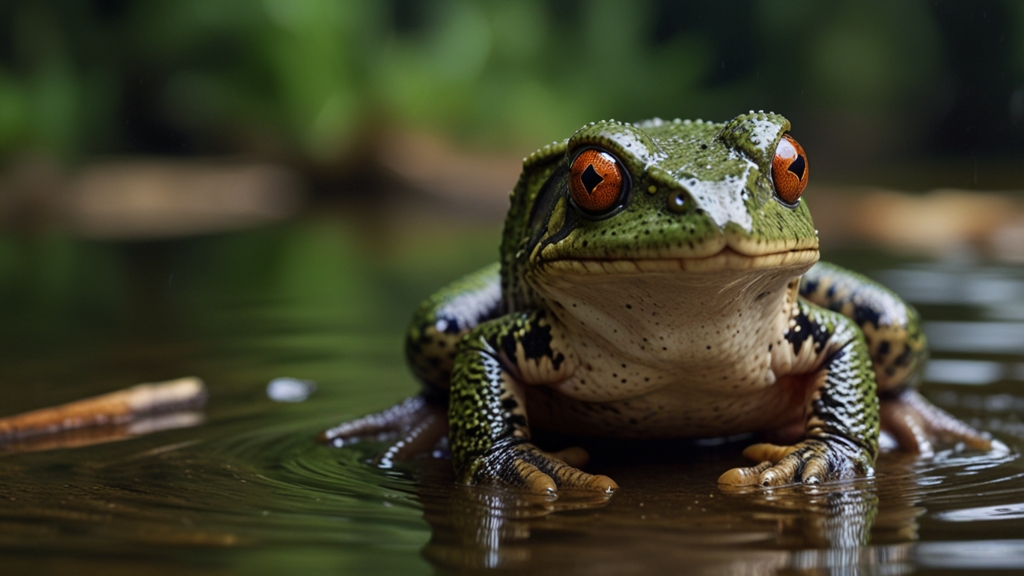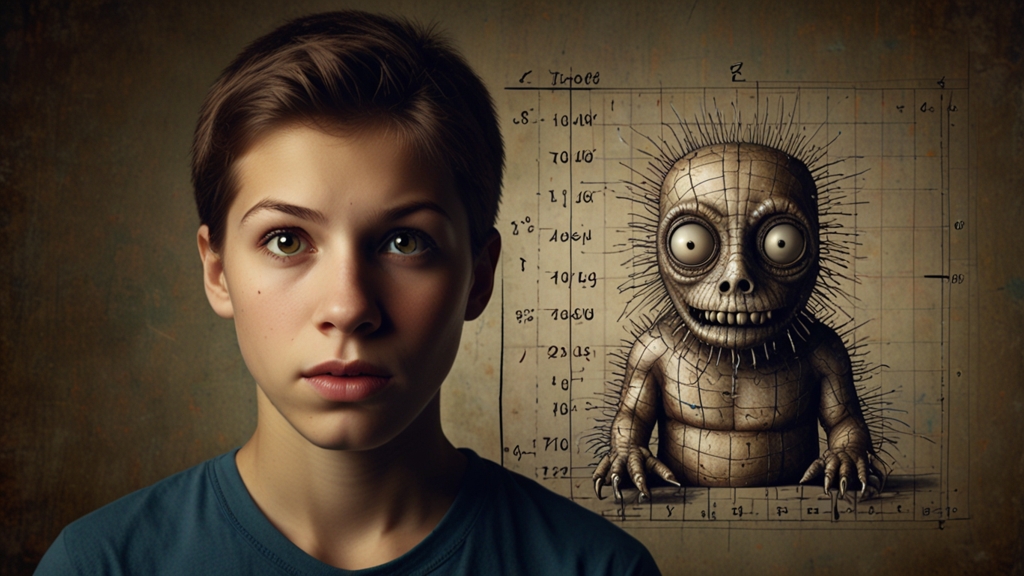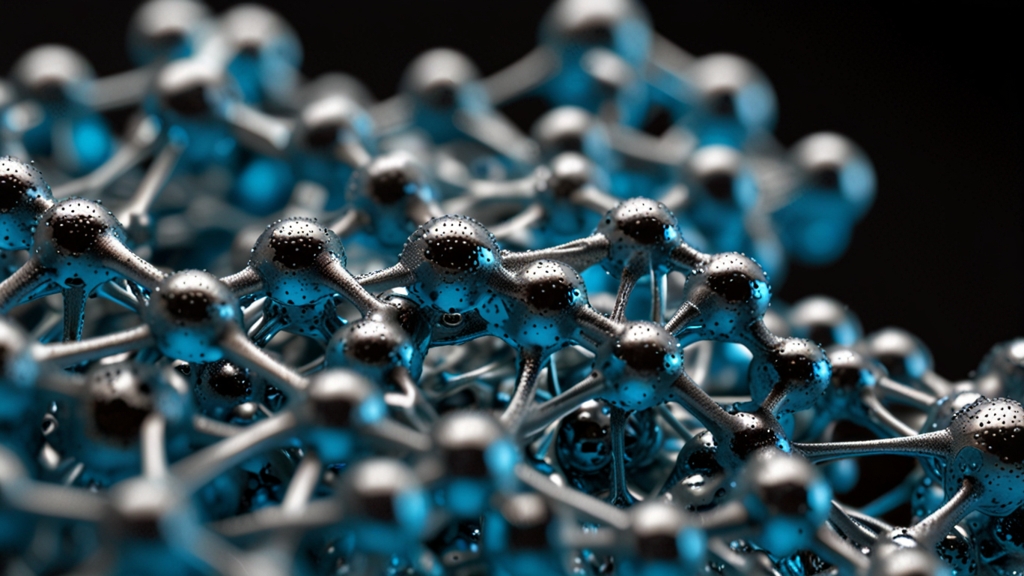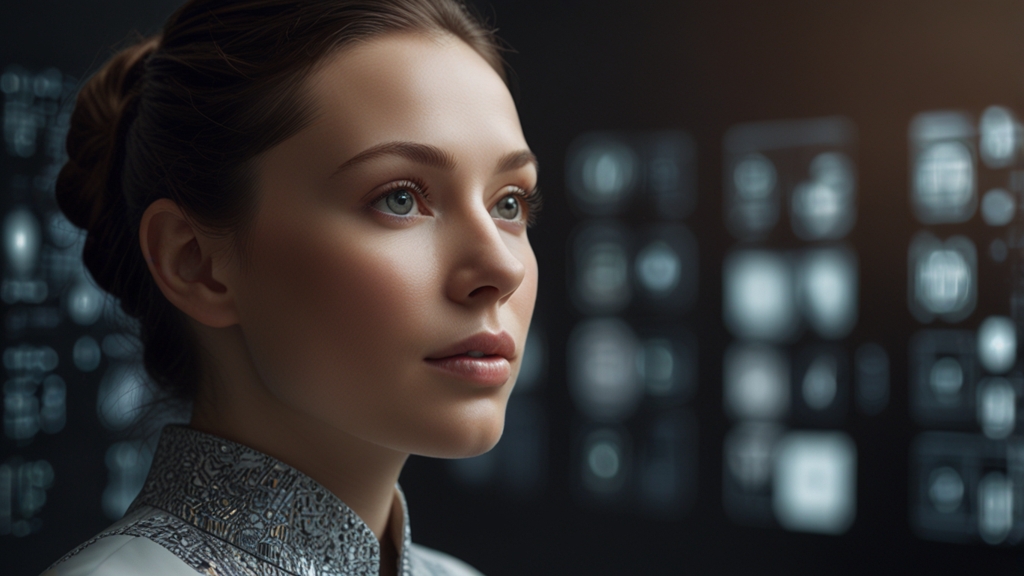Chemical Love: The Science Behind Attraction and Relationships
Love is a complex and multifaceted emotion that has captivated poets, philosophers, and scientists for centuries. While the romantic ideals of love paint it as a mystical and enigmatic force, modern science offers a more tangible explanation. The sensation of love can be dissected through biochemistry, particularly the roles of specific chemicals and hormones. Understanding these can offer profound insights into what happens in our brains and bodies when we feel attracted to someone and form relationships.
The Chemical Cocktail of Attraction
At the onset of attraction, our bodies release a cocktail of chemicals that produce feelings of exhilaration and heightened energy. When we find someone attractive, it is often due to the interplay of three main neurotransmitters: dopamine, norepinephrine, and serotonin.
Dopamine is the neurotransmitter most often associated with the brain's pleasure and reward system. It causes feelings of euphoria and intense pleasure, which explain the excitement and happiness we feel when we are around someone we're attracted to. Increased levels of dopamine can make us feel like we're walking on air.
Norepinephrine, also known as noradrenaline, plays a critical role in the body’s fight or flight response, which includes quickening heart rate and elevating blood pressure. This heightens our alertness and focus, making those initial moments of attraction feel intense and somewhat nerve-wracking.
Serotonin, often dubbed the "happiness hormone," has a role in mood regulation. Interestingly, during the early stages of love, serotonin levels tend to decrease, which might explain why people can become somewhat obsessive, constantly thinking about their new love interest.
The Bonding Agents: Oxytocin and Vasopressin
While the initial rush of attraction gets things started, long-term attachment involves different chemicals: oxytocin and vasopressin. These hormones are crucial for deepening emotional bonds and fostering attachment.
Oxytocin, often called the "cuddle hormone" or "love hormone," is released in large quantities during physical touch, such as hugging, kissing, and sexual activity. It promotes feelings of contentment, reduces stress, and creates a sense of security and bonding. This hormone is also significant during childbirth and breastfeeding, enhancing the bond between mother and child.
Vasopressin is another hormone associated with long-term attachment. It plays a role in social behaviors and bonding in both males and females. Studies on animals, particularly prairie voles, have shown that vasopressin is crucial for forming long-term pair bonds and monogamous relationships.
“I have found the paradox, that if you love until it hurts, there can be no more hurt, only more love.” – Mother Teresa
The Influence of Genetics
Genetics also play a role in romantic attraction and relationship dynamics. Studies have shown that people are often attracted to those with different immune system genes, as detected through body odor. This phenomenon is believed to result in healthier offspring by combining diverse immune system traits.
Additionally, genetic compatibility may influence how we respond to the pheromones of potential partners. Pheromones are chemical signals secreted by the body that can affect the physiology and behavior of others in subtle but profound ways. While the exact science of human pheromones is still a subject of ongoing research, their potential impact on attraction cannot be ignored.
“Love is composed of a single soul inhabiting two bodies.” – Aristotle
The Role of Psychological Factors
Beyond biochemistry and genetics, psychological factors significantly influence attraction and relationship dynamics. Our early attachment styles, shaped by our relationships with our primary caregivers, often affect our behavior in romantic relationships. People with secure attachment styles are generally better at forming stable, healthy relationships, while those with anxious or avoidant attachment styles may face more challenges.
Moreover, individual experiences, social background, and personal beliefs can profoundly impact who we are drawn to and how we interact with romantic partners. While chemicals and hormones trigger the sensations of love and attachment, our minds and personal experiences sculpt the specific ways we express and experience love.
Conclusion
Understanding the science of love doesn't make the experience any less magical. Instead, it allows us to appreciate the intricate interplay of chemicals, genetics, and psychological factors that shape our feelings and relationships. Whether through the rush of dopamine or the bonding power of oxytocin, our bodies are wired for connection and affection. This delicate balance of nature and nurture elucidates that love is, indeed, both a heartfelt emotion and a beautiful, biochemical dance.
“In the end, the love you take is equal to the love you make.” – Paul McCartney











